|
The last morning in Fez is quick. Although the train to Marrakech doesn't leave until 10:40am, we set an early alarm, paranoid that our riad's interior facing windows let in too little light to wake us up, as it's equally dark at 10am and 10pm. After a quick breakfast of msemen, khobz, and krachel with jam, a small banana yogurt, coffee, fresh squeezed OJ and Moroccan mint tea, we leave to our beautiful (and somewhat rough around the edges) cave and head down the narrow staircase, ducking under the low slanted wood ceiling. We say goodbye to Aziz, the 20-something Senegalese riad host before heading out into the chaos. The night before Aziz tells us that he works 7 days without any breaks, and will continue "this life" until he finishes his studies and can find a better job. "The human rights in this country are less," he says with a small shrug, as if he were explaining that the sky is blue. The $2 taxi ride to the train station consists of polite conversation in broken English and French. After buying our tickets, we head outside for some fresh air before the 7.5 hour ride. Platform one is filled with people of all ages. Some women are wearing colorful and ornate burkas, some wear pants, a blouse, and headscarf, and others look like college students stepping straight out of an American mall. It's not the first time since our arrival in Fez that we look around and realize we're the only tourists in the crowd. The train pulls up and we all file into the 2nd class cars, each of which is sectioned off into 8-person compartments. We choose a compartment to ourselves, agreeing that, even with the lack of air conditioning (or air of any kind), this will undoubtedly be a more comfortable ride than the Reunification Express in Vietnam. As we roll through the desert hills, past orchards of Argan trees (which produce trendy Moroccan cosmetic oil), more and more people get on at each stop. For a good 45 minutes, each passenger pauses at our compartment then continues to move on once they see us smiling back at them. We're not taking it personally and relish the privacy until the rest of the train assumingly fills up and we're joined by four women and one man. Seven of the eight seats are occupied and one woman, with intense penciled eyebrows, blonde highlights, denim jacket, and boyfriend that she's (gasp!) touching, guards the eighth seat with her over-sized handbag. It's a nice group of people and we share a laugh at our own confusion when a man comes by and hands us each a full size toothpaste, toothbrush, and mint soap with a very animated sales pitch in Arabic. We have no idea what's going on and hand him back the toiletries as everyone else chuckles. Only leaving the compartment once during this long journey, we find the bathroom, located dangerously close to the open train door. Continuing through the dry desert, candy wrappers and plastic bottles line the tracks. Similar to some of the places we've visited in southeast Asia, Morocco lacks the infrastructure needed to dispose of (let alone recycle) most of its trash, yet is dependent on imported plastic bottles for drinking water. We pass by makeshift shacks, no taller than 5 feet, some with mules parked outside and a few topped with satellites. Farmland, goats and four and a half hours separate us from Casa Blanca, a large and modern city with sizable homes and landscaped neighborhoods. Just like McDonald's on the outskirts of the medina, there is an obvious division between the new and the old, the modern and the traditional. Or maybe it's as simple as a division of wealth. We certainly don't have an answer, but we continue to thoughtfully observe. The train rolls through the desert and the landscape evolves as we take it all in. Next stop, Marrakech.
0 Comments
We've gotten soft. Our badass traveler edge has dulled after one too many days sipping wine and smearing soft cheese on fresh baguettes in the French countryside. Needless to say, the transition from tiny Vendome in the Loire Valley to the medina (old city) of Fes, Morocco is a bit shocking. Located in northern Morocco, about 4 hours south of Tangier and 6 hours north of Marrakech, Fes is the country's second largest city with over 1 million inhabitants. The medina (Fes el Bali), with a population of over 150,000, is considered the most intact and least modernized ancient city in the Arab world. We arrive late at night, gazing out the taxi windows in silence as we speed through the desert in complete darkness. As we round a corner, the curtain drops on thousands of square white buildings, stacked up on the hillside like Legos. The medina accurately looks like a throwback in time; exactly how we picture a thousand year old city to be. Although it's after 11pm, the streets are chaotic. People rush by in every direction and children play among the crowds. We're met at the corner and escorted into an intensely narrow and incredibly dark alleyway. We turn left at a dead end, revealing a slightly wider street with a handful of stray cats eating from a pile of garbage in a corner of adjacent stone buildings. We enter our Riad (a traditional Moroccan inn) and pass through the small reception desk into a beautiful center courtyard. In an instant, the chaos from outside melts away as we admire the surrounding 30' walls covered with incredible tile mosaic and detailed carvings, leading to the open square above. The next morning, we venture into the medina for some exploration. On our way out, we decline the offer for a guide, preferring independence and believing that getting lost in a new place is quite possibly the best part of traveling. What we don't realize is that the medina is unlike anywhere we've ever experienced. Web, maze, labyrinth… all are suitable to describe the 9,400 tiny streets that haphazardly criss-cross in every direction. The "main streets" are no more than eight feet wide, with street vendors on either side. There are no cars; only mules to carry goods, squeezing by in tight corners and forcing us to watch our toes. Not more than 10 minutes into the medina and a nicely dressed, seemingly generous man offers to take us to a "festival." We say thank you, but no, and move on. A few steps further into the narrow and market-filled street, another young man tells us to turn back to see the last few hours of the festival. Thinking we may be missing out, we turn back, only to find the original gentleman apparently still waiting to show us the way to the festival. We’ve read about these type of “guides” in the old medina. Gregarious, and seemingly helpful young men who generously offer their time to show you around the maze-like old city. They are “students” who want to “practice English.” They ask you where you’re from, whether you like Obama (if you’re American, at least), and if it’s your first time to Morocco. They explain that maps won’t work in the medina and you will inevitably get lost. They offer to show you the way, and then they take off, walking at a brisk pace through the incomprehensibly difficult streets and passageways, turning back every few minutes to make sure you’re following along. When you’ve reached your destination, they request something in exchange. If you tell them no, they shout expletives and call you a terrible person. And this is exactly how it happens to us. Within our first day, we’re approached three times. First, we’re promised a “festival” before being led to a leather shop that is next to the famous tannery. We walk past huge piles of bloody animal skins, many with hooves or other body parts still intact. The stench is terrible and after we decline to buy anything and turn around, the owner demands compensation for the “tour” of his shop (that we walked in and out of). A few hours later, we’re approached by a “student” who we kindly request to “leave us alone, please.” After dinner, while we’re attempting to navigate in the general direction of our riad, a third man approaches us and tells us that we can’t go through the market because the gates are closed at 8pm (not true, we later learn). We explain many times that we don’t need help and can make it home ourselves, to which the replies, “maps don’t work” and “you will get lost,” as he walks beside us. When we directly tell him that we don’t need help, he tells us “don’t worry,” and that we look "like Japanese," who he tells us are also “paranoid people.” We make it a bit further and again ask him to leave us alone. Finally stopping, he says “something for me?” When we decline, he launches insults at us, following for another ten minutes yelling that we’re stupid and bad people. Let’s just say he’s no longer offering the initial “ahlan wa sahlan” (welcome) to Morocco. It’s an eye-opening first day and we start to understand why the few tourists in Fes are walking quietly with a small group behind a (legitimate) hired guide. But within a few days, the medina starts to grow on us. Meeting the challenge of navigating the confusing streets is strangely gratifying and we get better at ignoring the constant offers for help. It’s still foreign and chaotic, but with a little time, feels a lot less intimidating. We visit Bab Boujloud (the blue gate), the Kairaouine Mosque (which, as non-Muslims, we cannot enter) and do a little shopping (negotiating/haggling, aka self-inflicted torture). We walk past the butcher, dodging the camel head hanging in the window, drink a boatload of peppermint tea and eat some delicious Moroccan food (skipping the camel meat). We don’t drink alcohol, mainly because it’s nowhere to be found. And we take the time to appreciate the vast differences in nearly everything. There’s absolutely no question that Fes is leaving an indelible mark on us, and on our travels. As we pack our bags to move on, we agree that Fes and the medina are an experience we would never take back... but also one we probably wouldn’t choose to have again.
We spent a week in the city of lights with the mission to eat well without blowing our budget. Paris is, of course, one of the world’s foodie capitals, with more than 70 Michelin starred restaurants within its 20 arrondissements. In order to navigate the incredible food scene, our trick was to spend less during the day to make room in our budget for an amazing dinner. Here’s our list of the top 7 pastries, breads, crepes and snacks, all for under $7 to get you through breakfast and lunch.
We’re spending a week in Paris, which is plenty of time to take in many of the most famous sights in the City of Light. Unfortunately, many of the most expected sights are also expensive and overrun with tourists, two things we’re not too keen on. So instead of heading straight for the Mona Lisa, we found some better ways to take in the city. Click here for a list of our most favorite, slightly under the radar, things to do in Paris.
It’s overcast and cool when our plane touches down in France. After two weeks of sunshine and turquoise ocean along Croatia’s Dalmatian Coast, the damp air following yesterday’s rain is a drastic, but welcomed change. We take the hour long bus ride to Paris from Beauvais airport (thanks to our inexpensive ticket from Ryanair), excited to spend over a week in the City of Lights. Two different metro lines bring us to our flat, which is in the 5th Arondissement near the southern tip of the Jardin du Luxembourg. Like most apartments in the center of Paris, the flat is in an old building, complete with a staircase that spirals around a phone booth-sized elevator all the way to the eighth floor. The apartment itself is tiny (again, normal for Paris) and not the cleanest place we’ve stayed, but it has a nice view of the Eiffel Tower and the price is right, so we happily hit up the local market for a some all-purpose cleaner and settle in. In a wonderful collision of fate, we arrive the day before Rock en Seine, Paris’ take on the classic summer music festival. The next day, with tickets in hand, we stand among a mass of sweaty Parisian hipsters at Domaine National de Saint-Cloud, the bright sun pouring down on an extraordinarily hot Saturday afternoon. It’s by far one of our favorite days of the trip so far. With over 100,000 people in attendance, we spend the next eight hours navigating the festival’s four stages, drinking a few too many Kronenburgs, and dancing to some of our favorite bands. Ben Howard somehow plays an hour long set without touching his classic first album (really, Ben? Seriously?!), but Glass Animals and Years & Years each put on an incredible show. We (uncharacteristically these days) make it past midnight and even manage to grab a cocktail on the way home. Not surprisingly, the next day is mostly spent nursing hangovers and enjoying the incredible rooftop view from the comfort of our sofa bed. The rest of our week in Paris is spent navigating the city’s sea of tourists and budget-breaking prices. We eat a lot, especially bread, pastries, cheese and falafel, drink a lot of wine and do a lot of wandering. In a city so large and with a shared dislike for the metro, we walk and walk, tipping over 15 miles everyday to counteract the cheese consumption. We take in a couple sites managing, for the most part, to avoid hordes of people. After over a week, we pull together a few strategies on how to see the best of Paris through a somewhat different lens… Look for our recommendations on the best slightly under the radar activities and delicious daytime eats in our next two posts!
There’s been one constant in traveling through Croatia: the sea. The incredible Adriatic weaves between and around more than one thousand islands that dot the Dalmatian coast. The islands protect the mainland shores and the sea gently laps against rocky beaches of rugged coastline and whitewashed city harbors. The ancient city of Zadar is no different. After short stints in Sibenik and Biograd Na Moru, we arrive by bus on the outskirts of the old town which sits on a small, oval peninsula splashed with terracotta roofs. Our short walk into the city provides an incredible first impression. Newer and less beautiful on the edges, but gorgeous at the core. The apartment we’ve rented lies just west of the main walking street, where throngs of tourists pass by. With french doors that open onto an absent patio, the sounds of the city burst inside and we know we’ve found a great starting point for some serious exploration. The next day we take a daytrip to the City of Nin. We meet with Marijela, the welcoming and kind Director of Tourism for the city, and she takes us through Nin’s rich history and sustainable travel initiatives. First, a stop to a natural salt factory, making salt the way the Romans did thousands of years ago. Then, we take in Queen’s beach where visitors of Nin flock to scrub medicinal mud on their bodies for its healing powers. Apparently this mud, from the mineral-rich Adriatic, makes for a very healing bath, one people have been using for centuries. After a walking tour of the old town, set on a peninsula at the northern tip of the Dalmatian coast and with only 500 inhabitants, we make our way to Sinjorina Smokva, an organic fig farm just outside the city. It’s there that we meet with Sandra and Alan Babac, the proprietors, and their family. These incredible people produce a small quantity of organic fig, quince, and cherry jams each year using only sustainable methods. We sit in their beautiful farmhouse, chatting as we slather each jam on homemade pancakes while the Bora winds start to blow outside. (Look for our features on the surprisingly sustainable City of Nin and OPG Babac Fig Farm in the next few weeks!). We grab the last bus back to Zadar. It’s loaded with teenagers and twenty-somethings, all dressed up and leaving their countryside villages for a night out on the town in the “big city” of Zadar. We think about joining them, but at this point it’s nearly midnight and we’re beat. Maybe next time... Back in Zadar the next morning, we set out to canvas the city. Making our way through the tight streets by foot, we gravitate to the water and stumble upon Kolovare beach. An Olympic-sized swimming pool, filled naturally with salt water by an opening to the adjacent sea, is surrounded by stadium seating, which we presume are reserved for water polo matches. At the corner of the massive pool, we spot a concrete high dive platform standing at least 10 meters above the gently bobbing waves of the Adriatic. Locals leap off the top platform, doing flips and straight dives into the deep water. At the sight of the pool and platform, we race back to our apartment to change into our swimsuits, then quickly make the 15-minute walk back to the beach. We leap into the pool first, but quickly get out and launch ourselves into the sea. Taking turns jumping off the short ledge, we float in the salty water, instantly feeling completely free and alive. The Adriatic clearly plays an integral part in the lives of Croats and it’s easy to understand why. The weightless feeling of falling into this beautiful water is invigorating. Just like in Split (and our stops in between) we can’t get enough. Stopping short of taking the 33 foot plunge from the highest platform, we enjoy our much shorter jumps and head to Zadar’s famed sea organ for sunset. Zadar's riva (oceanfront walk) is packed. Performers dance along the walkway, tourists snap photos, and boats pass by in the calm water as the sun starts to set. Keeping our sunset ritual in tact, we bring along a bottle of wine, which on this occasion, is accompanied by some delicious fleur de sel dark chocolate from the salt factory in Nin. Finding a perfect spot among the crowded steps of Zadar's famed Sea Organ, we immediately understand why this is such a popular attraction. Built in 2005 by architect Nikola Basic, the organ is made up of tubes and a resonating cavity, which is played by the wind and the sea (not so different from the wave organ in our hometown of San Francisco). The marble steps we sit on came later, along with the locals and tourists who take in the sounds every night. As the incredible Croatian summer sun sets, the giant organ plays slower, then faster when the waves come more rapidly. We sip our wine and happily take in the sights, sounds and energy of Zadar. Zadar, along with the rest of Croatia, has lived through a tumultuous past. Rich in Roman history and dating back to prehistoric times, it was heavily shelled during the Croatian War of Independence. But today it thrives. Full of energy, beautiful parks, old buildings, and a picturesque coastline, this city of just over 75,000 people exudes authenticity, which can be hard to find in Croatia’s high tourist season. We're only here for a few days but by the end of our visit, we determine that the city of Zadar, and neighboring Nin, is officially our favorite place in Croatia. We will absolutely be back.
The landscape is arid. The temperature a balmy 85. Urban sprawl, in the form of decades old and typically bland, high rise apartment buildings, spreads across the rolling hills surrounding the “old town”. But Split, set halfway up the Dalmatian Coast, is anything but typical. Like many other cities in Croatia, the term “old town” is a bit of an understatement, with buildings dating back thousands of years. One of the country’s seven UNESCO World Heritage sites, the Historical Complex (with the Palace of Diocletian) sits directly on the Adriatic Sea, with a postcard perfect view of islands surrounded by calm, clean, turquoise water in the distance. The Splitska Riva, a palm tree lined coastal walk fronting the white stone ancient town, is packed with vacationers sipping cocktails, licking cones stacked with gelato and strolling hand-in-hand. It’s a little like Central Europe, with a bit of Eastern Europe and a dash of Mediterranean, all rolled up in one. Strangely familiar in the narrow streets and pizzerias, the white hillside buildings and sparkling blue water. Yet also delightfully foreign with its noticeably Slavic influence, uniquely established culture and language. Following the war of Independence that ended in 1995, tourism in Croatia has skyrocketed. In summer months, visitors from all over Europe flock to the spectacular island drenched coastline to swim, boat, and lay in the sun. It’s easy to understand the allure. Within hours of arriving we find ourselves wondering why more Americans don’t include this awe inspiring place in their European vacation. Exploring the ancient city of Split is an experience in itself. Roman, medieval, and renaissance buildings vary in age but share a similar look of uniformed white stone, each topped with ceramic red tiles. The streets in the old town wind in a complex web from the center where tall columns connect the archways of Diocletian's Palace, built for the Emperor in 305 AD. At the northern wall outside the bronze gate, stands a tall statue of Grgur Ninski. Adored by Croats, he was the first Bishop to use the Croat language in religion. The left big toe at the bottom of his massive likeness is gold from years of locals and visitors alike who’ve rubbed it in hopes of finding good luck. The narrow stone streets, slippery with age, are lined with souvenir shops selling products such as olive oil, grappa, and lavender, all benefits of the Mediterranean climate. It’s August and summer is in full swing. We’ve seen photos of the Croatian coastline and, having been landlocked for far too long, are anxious for some beach time. In search of a place the locals go we walk past the harbor, down the seaside riva to the base of Marjan Hill. Swimsuit and sunscreen clad families and teens walk ahead along a skinny sidewalk on the ocean’s edge. A sharp corner unveils a steep forested hillside with smooth rocks near the ocean. Every section of the shoreline is covered with bronzed bodies, beers, card games, and beach towels. Further along, teenagers leap from the highest rocks into the ocean, egging one another on to go higher and higher with each jump. Metal staircases line the pathway, making for easy transitions from jumping to swimming, then back to jumping. We arrive at a Jezinac Beach, stony and with a roped off area for swimming and a small wood bridge to a rocky outcrop. Having lived in Hawaii, we’re astounded by the ocean conditions, or lack thereof. The water is not only clean and clear, but also lake-like calm; the only “waves” are formed by the wake of a nearby speedboat. We lay out the $3 sarong we picked up at a market in Cambodia and spend the next couple hours swimming, laying in the sun and watching the local teenagers test their courage with flips and tricks off the highest cliffs. It’s our first day here, and we decide that the only option is to “do as the locals do” and jump into Croatia head first. We’ve quickly found a new hobby, becoming addicted to the adrenaline rush of plummeting into the ocean with every jump. Walking home, as the sky turns a brilliant orange, we decide that cliff jumping in Croatia is a world tour highlight and wonder how it’s not included in every guidebook. One of the many reasons Croatia draws so many visitors during the summer is it's incredible coastline. In addition to the clear and calm ocean water, the country is home to over 1,000 islands, making it ideal for boating and exploring. The largest island in the country, Brac, is an easy 50 minute ferry ride from Split (ferries run every hour until 10:45pm). In true Ryan & Megan fashion, we barely make the noon ferry, running onto the boat literally seconds before it pulls out of the harbor. Upon our arrival we catch a bus to Bol, a small town on the island’s southern coastline. We’re in search of the island’s most famed beach, called Zlatni Rat, that sits on a narrow peninsula with water on three sides. Winding through groves of olive trees on switchback roads, we finally reach the opposite shore. The beach is everything we expected and more, surrounded by shady pine forests and with enough people to feel energized but not too many to ruin the experience. We plan to take the 6pm bus back to the ferry but end up staying for sunset, unable to peel ourselves off the ground. With a little over two weeks in Croatia, we plan to slowly work our way up the coastline, stopping in five ancient cities along the way. Even at the beginning of our trip, we are 100% positive that our two weeks is far too little, and are already planning our trip back.
|
Cohica TravelA travel design agency. Categories
All
Archives
October 2023
Follow us on Instagram @CohicaTravel
|



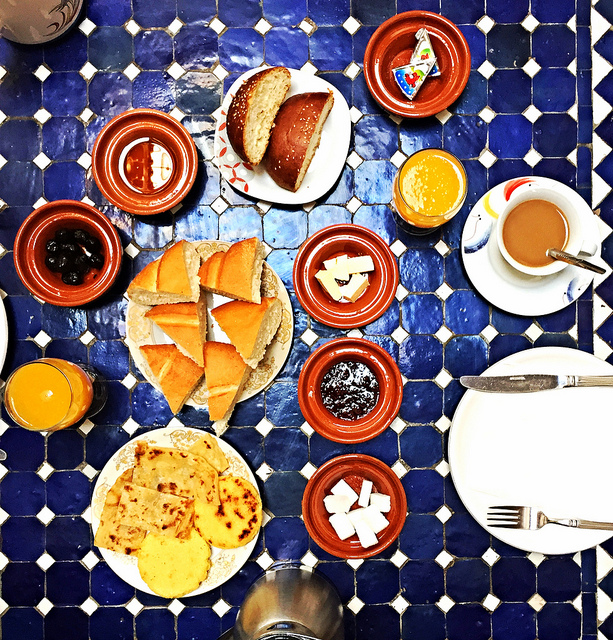





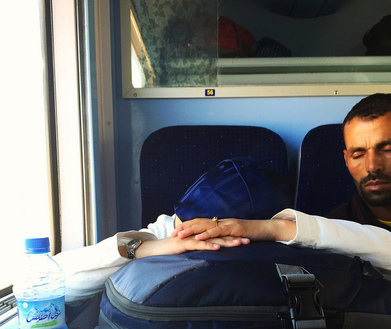



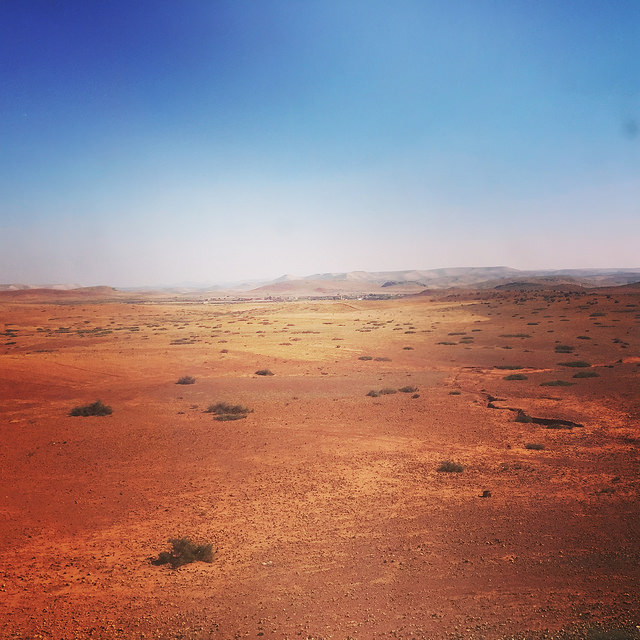























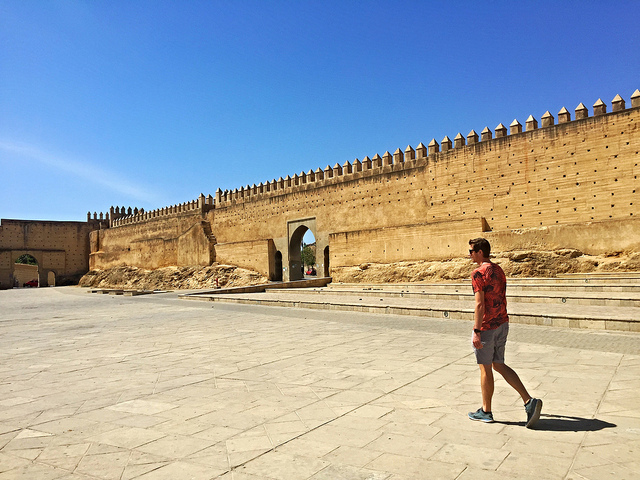
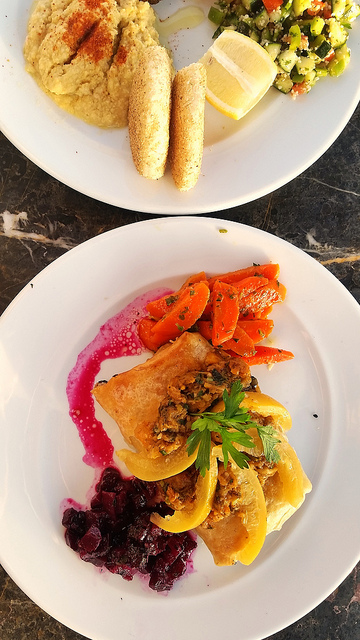













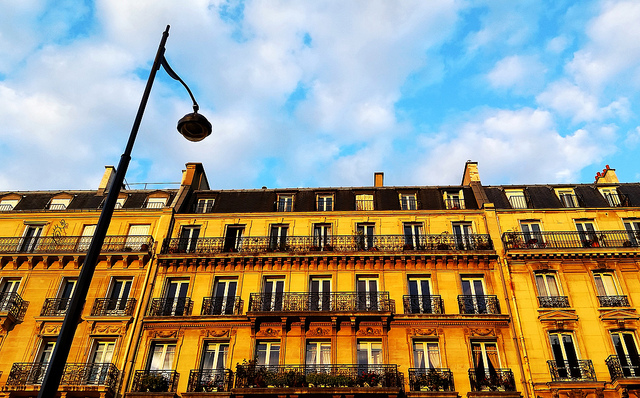
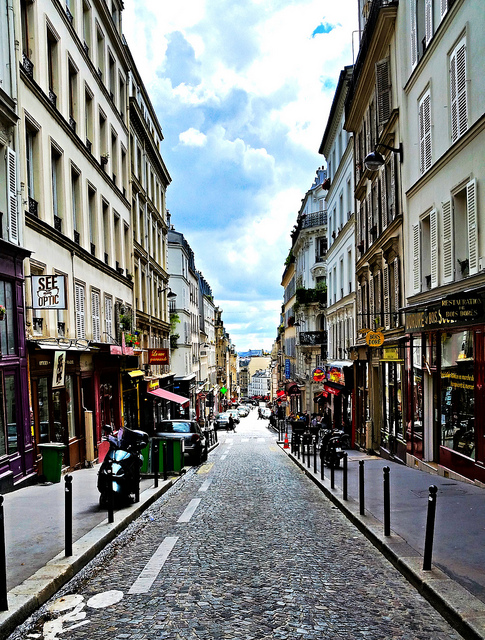








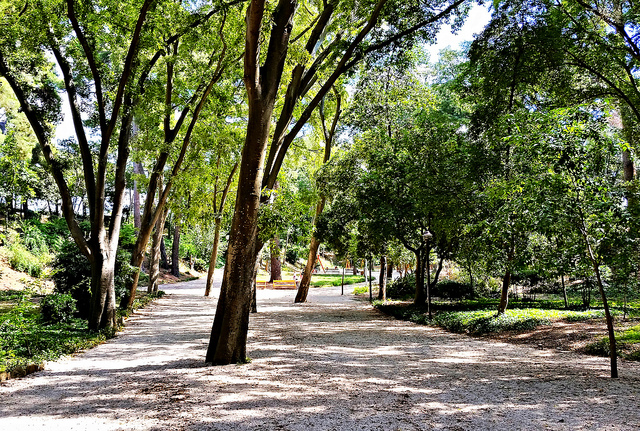





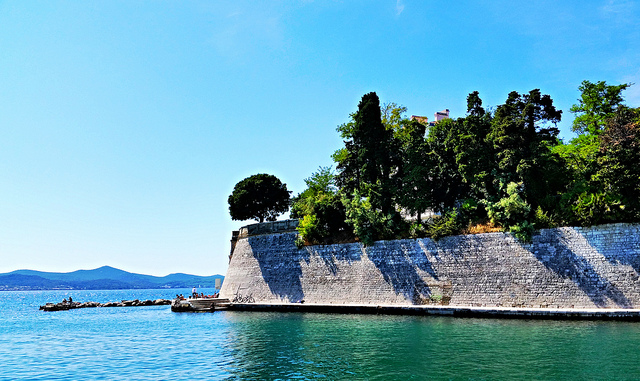





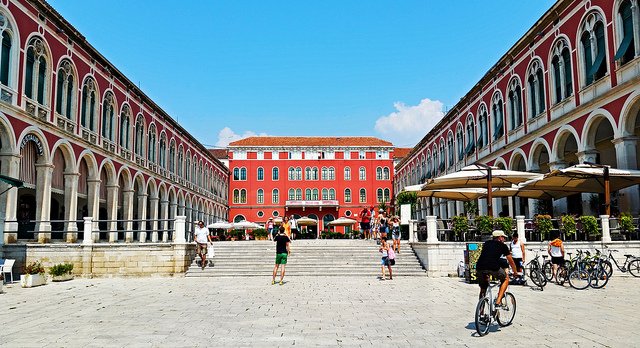








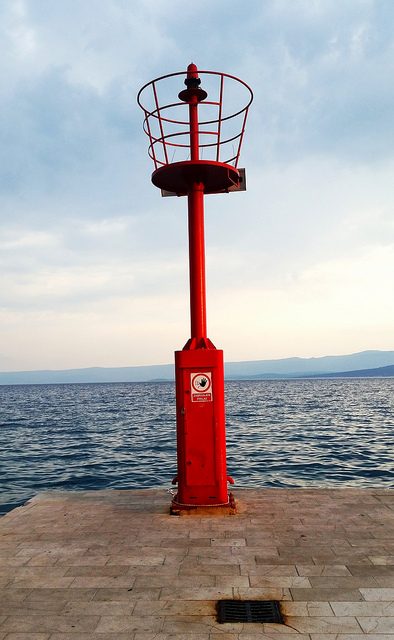







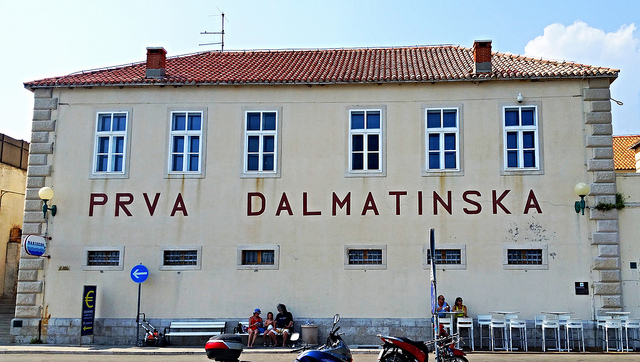

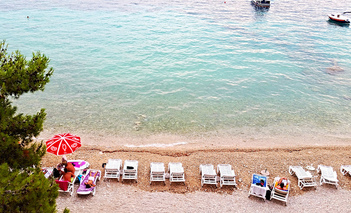
 RSS Feed
RSS Feed
